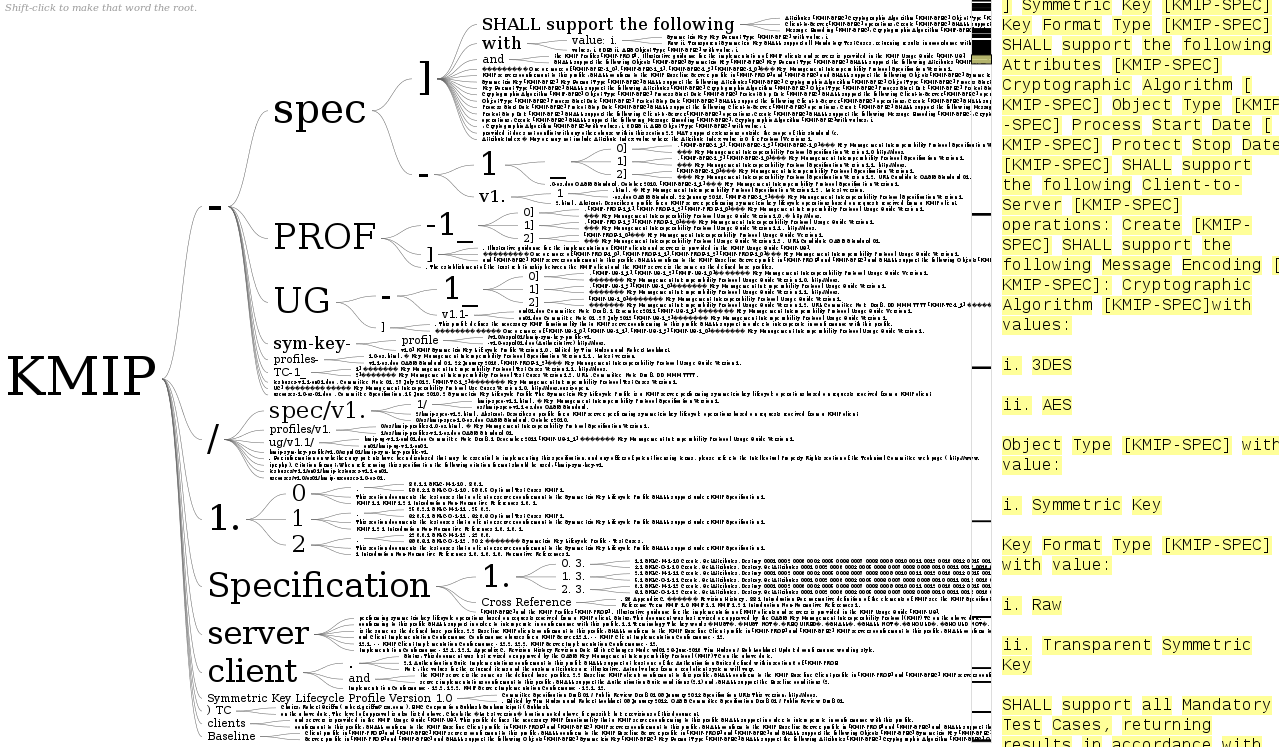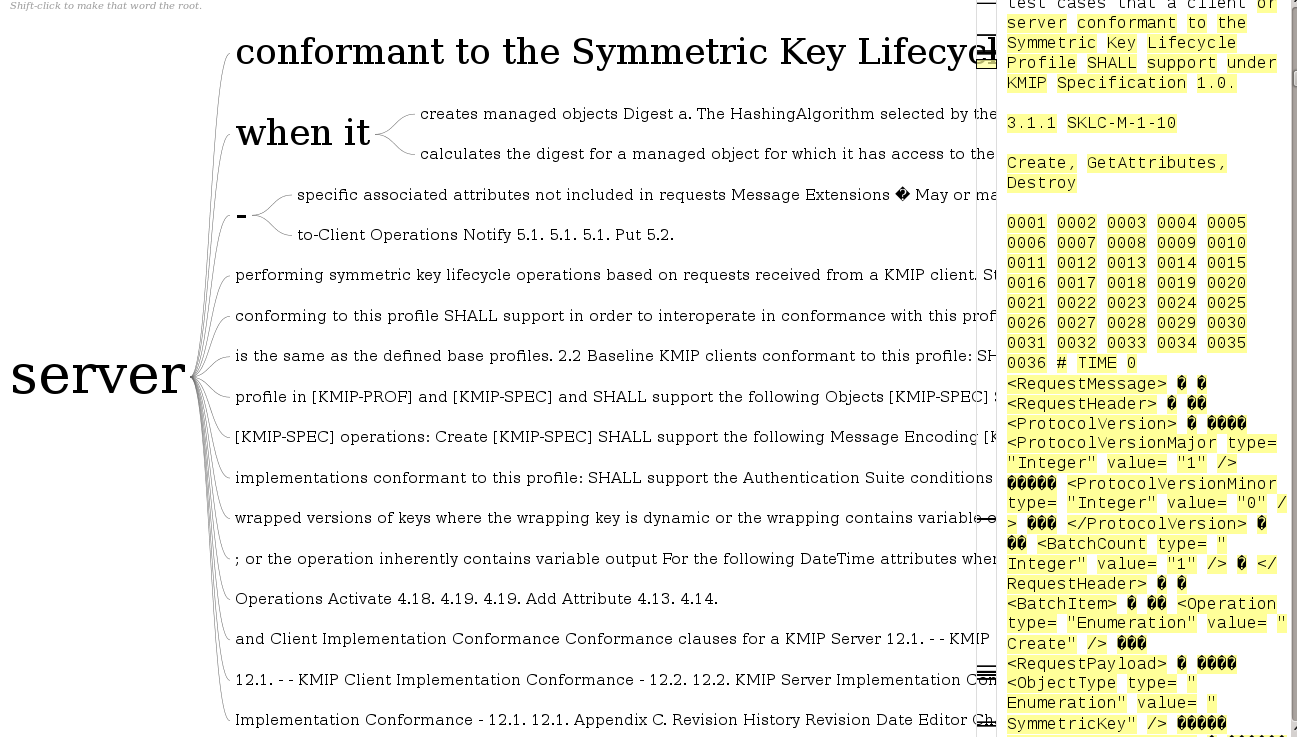A tweet this morning read:
overviewproject @overviewproject 1h
.@djournalismus talking about handling 2.5 million offshore leaks docs. Content equivalent to 50,000 bibles. #NICAR14
That sound interesting! Can’t ever tell when a leaked document will prove useful. But where to find this discussion?
Following #NICAR14 leaves you with the impression this is a conference. (I didn’t recognize the hashtag immediately.)
Searching on the web, the hashtag lead me to: 2014 Computer-Assisted Reporting Conference. (NICAR = National Institute for Computer-Assisted Reporting)
The handle @djournalismus offers the name Sebastian Mondia.
Checking the speakers list, I found this presentation:
Inside the global offshore money maze
Event: 2014 CAR Conference
Speakers: David Donald, Mar Cabra, Margot Williams, Sebastian Mondial
Date/Time: Saturday, March 1 at 2 p.m.
Location: Grand Ballroom West
Audio file: No audio file available.The International Consortium of Investigative Journalists “Secrecy For Sale: Inside The Global Offshore Money Maze” is one of the largest and most complex cross-border investigative projects in journalism history. More than 110 journalists in about 60 countries analyzed a 260 GB leaked hard drive to expose the systematic use of tax havens. Learn how this multinational team mined 2.5 million files and cracked open the impenetrable offshore world by creating a web app that revealed the ownership behind more than 100,000 anonymous “shell companies” in 10 offshore jurisdictions.
Along the way I discovered the speakers list, who cover a wide range of subjects of interest to anyone mining data.
Another treasure is the Tip Sheets and Tutorial page. Here are six (6) selections out of sixty-one (61) items to pique your interest:
- Follow the Fracking
- Maps and charts in R: real newsroom examples
- Wading through the sea of data on hospitals, doctors, medicine and more
- Free the data: Getting government agencies to give up the goods
- Campaign Finance I: Mining FEC data
- Danger! Hazardous materials: Using data to uncover pollution
Not to mention that NICAR2012 and NICAR2013 are also accessible from the NICAR2014 page, with their own “tip” listings.
If you find this type of resource useful, be sure to check out Investigative Reporters and Editors (IRE)
About the IRE:
Investigative Reporters and Editors, Inc. is a grassroots nonprofit organization dedicated to improving the quality of investigative reporting. IRE was formed in 1975 to create a forum in which journalists throughout the world could help each other by sharing story ideas, newsgathering techniques and news sources.
IRE provides members access to thousands of reporting tip sheets and other materials through its resource center and hosts conferences and specialized training throughout the country. Programs of IRE include the National Institute for Computer Assisted Reporting, DocumentCloud and the Campus Coverage Project.
Learn more about joining IRE and the benefits of membership.
Sounds like a win-win offer to me!
You?

